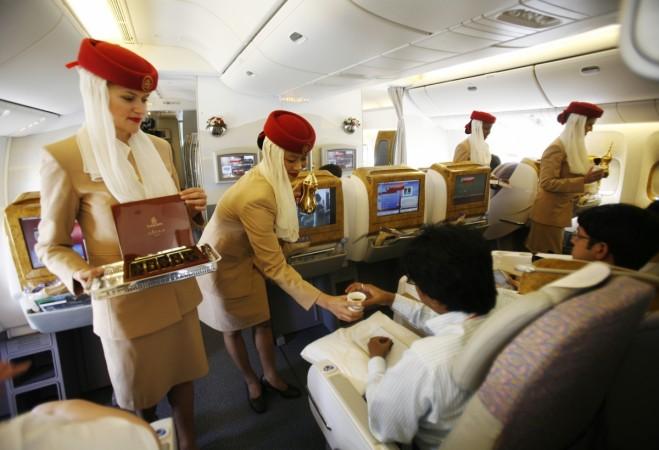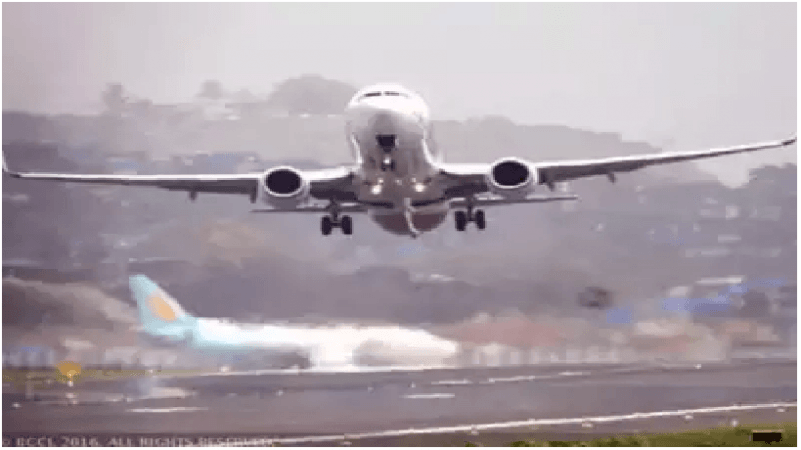As if the second wave of the pandemic was not enough for the already paranoid travel and hospitality sector, the recent ruling by the government has given it a further blow. Desperate times, desperate measures and what's got to be done, has got to be done.

Government of India orders airlines to ban in-flight meals as a part of several other norms that come into effect from April 15. That's one more source of revenue struck down completely for the airlines. The new norms are an attempt at curbing the rising cases of coronavirus as the country battles the second wave of infection.
Staggered meals for flights longer than two hours
ICMR (Indian Council of Medical Research) had raised objections to meals being served on board because that leads to passengers removing masks while having their meals. The fresh order also stated that for flights with a duration of more than 2 hours, the meals will be staggered among adjacent seats.

Displosable cutlery in all classes
The order issued dated April 12, further says, "In all classes, tray cutlery will be completely disposable...tea/coffee/beverage should be served in disposable containers and glass...and the crew should wear a fresh set of gloves for every meal/beverage service."
Aviation sector worried
Fearing a repeat of 2020, the airline industry is worried about the repetition of pandemic this year too. The aviation sector worldwide is battling a severe economic crunch amidst the restricted travel. The second wave of infection grips the nation at a time, what would otherwise be, the start of holiday and travel season.
The 'summer of recovery' to miss again
It was only two weeks ago that many airlines decided to roll back the salary cuts, partly encouraged by a low but steady influx of tourists and travellers. But the rising cases, record number of infections running consistently in six digit figures has halted any recovery plans for the industry.
The airline lobby group IATA (International Air Transport Association) says that low cost airlines need to run at 80 per cent occupancy if they need to be profitable and stay afloat in the business, but looking at the current state, even 60 to 70 per cent occupancylevel is a tall order.








